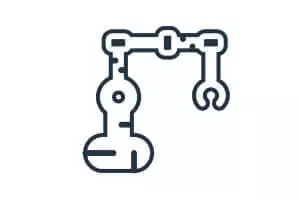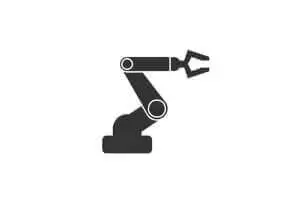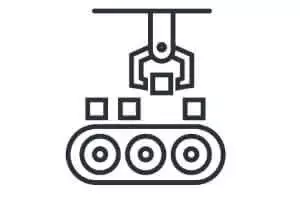Robotic process automation tools are poised to transform the way companies operate and serve customers. RPA has unlimited potential for improving business processes.
RPA is a topic that tends to elicit fear in people, especially when they believe it will take over their jobs.
That’s why it’s important to emphasize that implementing RPA does not mean employees will get replaced. Rather, it will make their lives easier and allow them to focus on more interesting, challenging work.
Making the case for robotic process automation tools in HR
Your first mission is to get your team on board. Once they embrace the technology, you’ll begin to realize a new direction for your business.
Robotic process automation tools are making their way to HR, with a focus on improving employee onboarding. When training new staff, RPA will be able to take over many of the mundane administrative tasks employees have to do at the onset of their tenure. It will encourage workers to embed the digital, progressive culture you’re looking to create.
The benefits of automation are easy to promote. But if you want your employees to be as excited about RPA as you are, it’s important to stress that incorporating automation into onboarding doesn’t mean being trained by a robot.
Discover how automation can enhance your employee performance today.
Instead, focus on more realistic applications. For example, you can use robotic process automation tools to streamline employee data and optimize the employee experience.
How RPA can boost efficiency and the employee experience during onboarding
Data management
The onboarding process is data heavy, with various administrative to-dos that take a lot of time but are not particularly complex.
Robotic process automation tools can assume many of these processes with ease and accuracy.
This frees up time for HR members to focus on core competencies, while overseeing data processes to ensure they’re running smoothly. By reducing most of the routine work, your HR staff can focus their time and energy on the more human aspects of onboarding.
Process Improvement
Traditionally, staff poured lots of time and resources into process re-engineering when they identified a need to change the way they do things. But with RPA, it’s possible to implement changes fast and effectively.
This is more advantageous than piecemeal system enhancements. Robotic process automation tools enable an agile approach to change, which is critical for fast evolving companies.
All the hype that automation will reduce jobs… it's nice to see more commentary that speaks to how ridiculous that hype really is. We humans, and our brains, will always be needed and wanted for high value work and progression! https://t.co/f3iVxbEG0z
— Jyllene Miller (@JylleneMiller) August 13, 2018
You can program robotic process automation tools according to current recruitment demands and achieve quicker than regular human processing. You’ll experience a huge spike in efficiency while your team benefits from not having to spend so much time on paperwork. Employee satisfaction and motivation will soar as a result.
When training managers have more time to focus on welcoming new employees, they can make the process more enjoyable for everyone involved.
9 additional benefits of RPA
Incorporating robotic process automation tools into your employee onboarding process will enable you to access the following benefits:
- Greater capacity, flexibility, and scalability.
- Greater satisfaction among new hires through automated processes
- Better compliance and quality of data
- Reduced costs through freeing up time
- Adapts processes to meet business needs
- Ability to focus on activities which add direct value
- Increase job satisfaction for HR staff and training managers
- More flexible process improvement, transcending IT infrastructure for shorter project duration
- Quick adaptation for system and process change
Don’t miss the opportunity to boost employee onboarding with RPA
If you can make a strong case for robotic process automation tools, you can drastically improve efficiency and satisfaction in the new hire onboarding process — for both training managers and employees.




